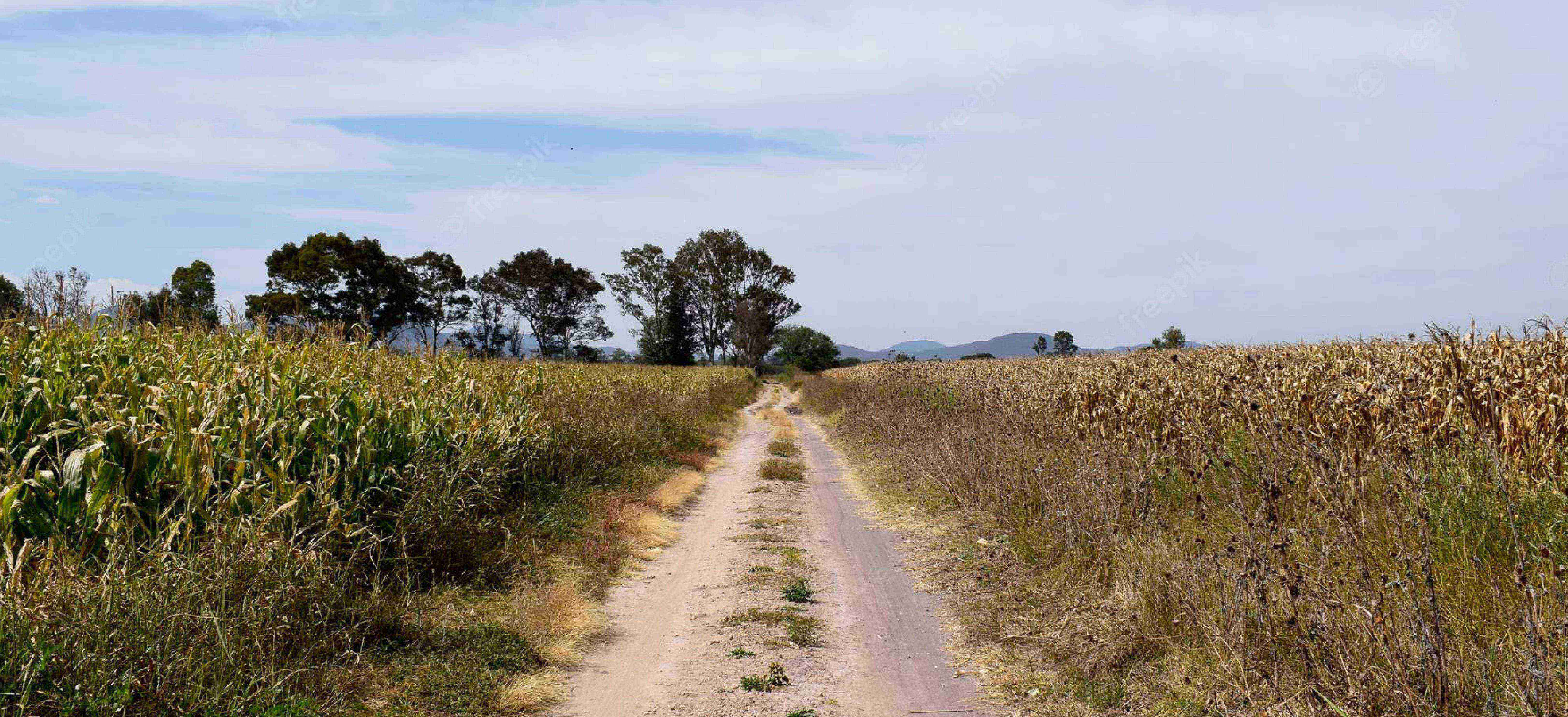Lima, MAY 4 2022 Project to build a 135-Km road to connect agricultural regions in the center of Peru to the international market is on hold

During Rumbo a PERUMIN – Consensuses for the progress of central Peru, a panel of experts analyzed and debated about the challenges and opportunities posed by the territorial development, competitiveness, and sustainability of the central macro-region.
Yanina Traverso, former chairwoman of the Chamber of Commerce of Huancayo, stressed the fact that the growth and development levels of the agricultural sector in the central regions do not match the levels recorded in other areas of the country.
“The agriculture and livestock industry in the north and the south of Peru has made remarkable progress, but we have fallen behind. The agriculture of central Peru is likely to be 20 years behind,” she argued.
Furthermore, she expressed her discontent about the poor condition of the Carretera Central road. This road is not suitable to transport the crops produced by the people in the central region, so it becomes an obstacle for their integration into the market.
“A project for a road was signed in 2018 and is now at a profile stage. It has a pre-investment study, and there is an agreement signed between the central government and France for its development in 2030,” stated the expert. The project will link Lima to the central region by way of three roads totaling 135 Km in length. The first stretch will connect Lurín and La Oroya; that way it will allow the agricultural production of the central region to reach the main ports, it will boost agricultural exports, and will open new doors to commerce.
Agricultural smallholdings do not work
On the other hand, Walter Casquino, distinguished professor at the Professional Academic School of Mining Engineering at Universidad Continental, emphasized that agricultural smallholdings do not currently work, and that we should, consequently, opt for training and technical assistance, associativity among small producers, and audits to assess the economic-financial performance of agricultural businesses.
“There is also a need for a stronger alliance between the public and private sectors to strengthen the agriculture and livestock activity, which would help prevent the usual quarrels between agriculture and mining, and would narrow the socio-economic gaps in the communities of influence,” he affirmed.
In addition, he urged people to address the most persistent problems of central Peru’s agriculture, such as the high informality rate, the lack of technology, the little access to financing, and the little organization of family businesses.
The solution is agricultural exports
Finally, Augusto Fernandini, founding partner of Agrosun, claimed that there is an urgent need to solve the poverty and extreme poverty issues in rural areas, which indeed rely heavily on agriculture.
“In rural areas we can find the origin of many of the problems our region has not yet managed to handle because we have not managed to make them into one single, unified social environment that can allow us to uniformly and sustainably develop our country over time,” he stated.
He added that agricultural exports are one of the solutions to be implemented, since they open doors to much bigger and more potent markets for development, markets that are currently a reality for a country that exports US$ 8 billion annually.







